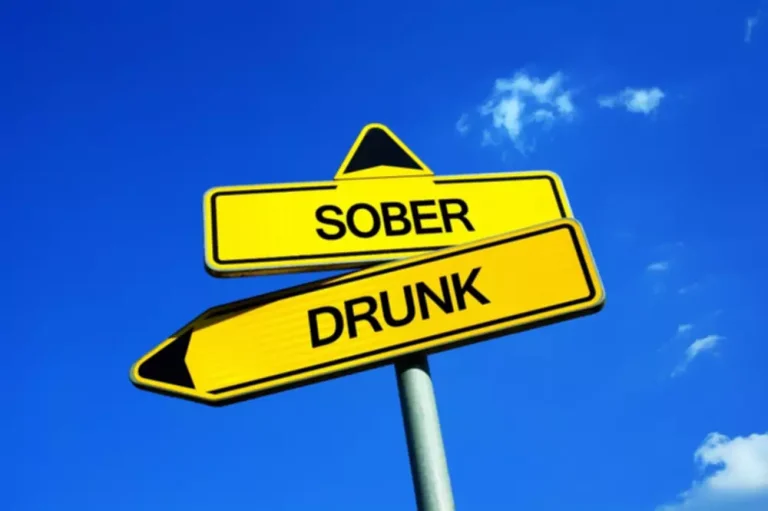
WHO works with Member States and partners to prevent and reduce the harmful use of alcohol as a public health priority. Both the volume of lifetime alcohol use and a combination of context, frequency of alcohol consumption and amount consumed per occasion increase the risk of the wide range of health and social harms. The risks increase largely in a dose-dependent manner with the volume of alcohol consumed and with frequency of drinking, and exponentially with the amount consumed on a single occasion.
Who May Be at Risk?
- This may cause you to drink more, increasing your risk for an alcohol overdose.
- Additionally, some drinks, such as mixed drinks, can have more than one serving of alcohol in them.
In many of today’s societies, alcoholic beverages are a routine part of the social landscape for many in the population. This is particularly true for those in social environments with high visibility and societal influence, nationally and internationally, where alcohol frequently accompanies socializing. In this context, it is easy to https://ecosoberhouse.com/ overlook or discount the health and social damage caused or contributed to by drinking. It’s a myth that a person can recover from alcohol intoxication by sleeping, taking a cold shower, going for a walk, or drinking black coffee or caffeine. In fact, doing these things can put an intoxicated person at greater risk of injury and death.
Webinar video: No and low-alcohol beverages: Real improvement or apparent solution?

As your BAC increases, so does your risk for alcohol poisoning. A person’s blood alcohol concentration (BAC) can continue to rise even while passed out as alcohol in the stomach and intestine continues to enter the bloodstream. The alcohol has already passed into their small intestine and they cannot vomit those contents. Other common myths about sobering up include drinking black coffee, taking a cold bath or shower, or walking it off. It’s important to know that none of these things will help a person sober up, and they have the potential to cause more harm than good. The only thing that can help a person sober up is time and hydration.
Potential reasons for increases in alcohol-related deaths
- Even after a person is released from hospital care, it can take up to a month for them to feel normal again.
- Even when it’s not fatal, alcohol can cause some unpleasant — and sometimes dangerous — symptoms.
- Everybody has different limits, and what’s fatal to one person might not be for another.
- This is a mechanical way of filtering waste and toxins from the blood.
Therefore, if you’ve consumed a lot of alcohol, you could still be at risk for alcohol poisoning even if you’ve stopped drinking. A person with alcohol poisoning needs medical help in a hospital. You shouldn’t try to treat it at home or “sleep it off.” A major danger of alcohol poisoning is choking on your vomit, which can happen when you’re unconscious or sleeping. A person can consume a fatal dose of alcohol before passing out.
If it is an opioid overdose, the person will need medical personnel to administer naloxone AND immediately get to the hospital before the naloxone wears off. It is dangerous to assume that an unconscious person will be fine by sleeping it off. One potential danger of alcohol overdose is choking on one’s own vomit.

Facts About U.S. Deaths from Excessive Alcohol Use
- Alcohol is the leading risk factor for premature mortality and disability among those aged 20 to 39 years, accounting for 13% of all deaths in this age group.
- The alcohol has already passed into their small intestine and they cannot vomit those contents.
- Many factors may have contributed to these increases in alcohol-related deaths.
- In many of today’s societies, alcoholic beverages are a routine part of the social landscape for many in the population.
In the U.S., paramedics don’t charge for a visit unless the person needs to go to the hospital. This is when a male rapidly consumes five or more alcoholic drinks within two hours or a female consumes at least four drinks within two hours. An alcohol binge can occur over hours or last up to several days. Evidence-based alcohol policies (e.g., reducing the number and concentration of places selling alcohol and increasing alcohol taxes) could help reverse increasing alcohol-attributable death rates. Alcohol depresses nerves that control involuntary actions such as the gag reflex, which prevents choking.
With high-risk drinking, the concentration of alcohol in the blood becomes high enough to depress the areas of the brain responsible for consciousness and respiration. As a result, the drinker can lapse into a coma, stop breathing, and die. Alcohol consumption contributes to 2.6 million deaths each year globally as well as to the disabilities and poor health of millions of people. Overall, harmful use of alcohol is responsible for 4.7% of the global burden of disease. The less alcohol you drink, the lower your risk for these health effects, including several types of cancer.

What’s the outlook for alcohol intoxication?
At this stage of intoxication, the person’s behavior will be normal with no visible signs of intoxication, such as slurred speech or delayed reaction time. If a person has consumed one or less drinks per hour, they’re considered to be sober, or low-level intoxicated. If you experience an alcohol overdose, your outlook will depend on how severe your overdose is and how quickly you seek treatment. You don’t need to have all of the symptoms listed above to have an alcohol overdose. If someone’s breathing has slowed to less than eight breaths per minute — or if they can’t be woken up — call 911.

Alcohol poisoning is an emergency
This is also found in mouthwashes, some medicines, and household products. Poisoning happens when you drink too much ethyl alcohol in a short space of time. Other kinds of alcohol that you might have around the house, such as isopropyl alcohol (rubbing alcohol) and methanol (wood alcohol), are toxic in a different way. Unlike food, which can take hours to digest, the body absorbs alcohol quickly — long before most other nutrients.